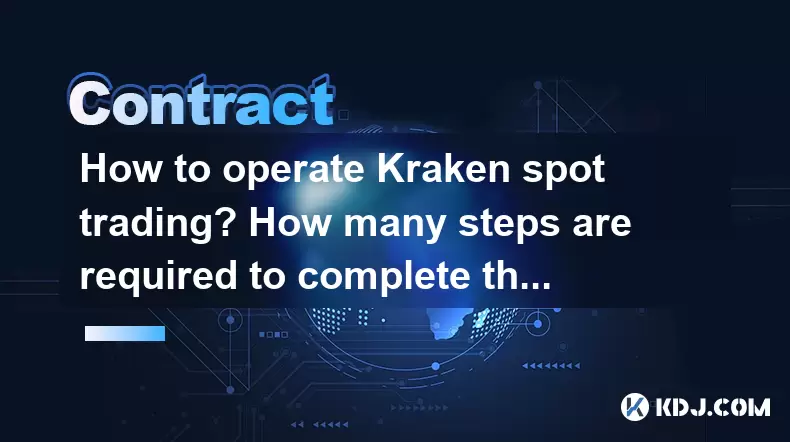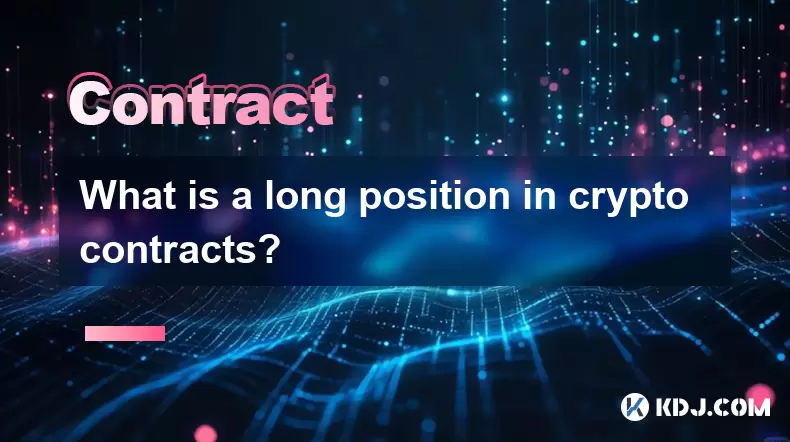-
 Bitcoin
Bitcoin $116700
2.16% -
 Ethereum
Ethereum $3830
5.76% -
 XRP
XRP $3.082
4.56% -
 Tether USDt
Tether USDt $1.000
0.04% -
 BNB
BNB $777.8
1.96% -
 Solana
Solana $173.2
5.46% -
 USDC
USDC $0.0000
0.02% -
 Dogecoin
Dogecoin $0.2146
6.85% -
 TRON
TRON $0.3384
0.92% -
 Cardano
Cardano $0.7676
5.51% -
 Hyperliquid
Hyperliquid $39.28
4.90% -
 Sui
Sui $3.723
9.07% -
 Stellar
Stellar $0.4164
6.32% -
 Chainlink
Chainlink $17.36
5.78% -
 Bitcoin Cash
Bitcoin Cash $580.9
3.62% -
 Hedera
Hedera $0.2544
5.50% -
 Ethena USDe
Ethena USDe $1.001
0.02% -
 Avalanche
Avalanche $22.81
3.81% -
 Litecoin
Litecoin $120.8
3.60% -
 UNUS SED LEO
UNUS SED LEO $8.956
-0.35% -
 Toncoin
Toncoin $3.311
4.28% -
 Shiba Inu
Shiba Inu $0.00001266
4.15% -
 Uniswap
Uniswap $10.10
5.97% -
 Polkadot
Polkadot $3.786
4.80% -
 Dai
Dai $1.000
0.01% -
 Monero
Monero $280.4
-4.02% -
 Bitget Token
Bitget Token $4.405
1.69% -
 Cronos
Cronos $0.1480
5.13% -
 Pepe
Pepe $0.00001087
5.67% -
 Ethena
Ethena $0.6348
11.62%
How to operate Kraken spot trading? How many steps are required to complete the buying process?
To buy crypto on Kraken, create and verify your account, fund it, navigate to the trading interface, select your pair and order type, then execute the buy order.
May 16, 2025 at 08:35 pm

Introduction to Kraken Spot Trading
Kraken is one of the leading cryptocurrency exchanges that offers a robust platform for spot trading. Spot trading on Kraken allows users to buy and sell cryptocurrencies at the current market price. This article will guide you through the process of operating Kraken spot trading, focusing specifically on how to complete the buying process and the steps involved.
Setting Up Your Kraken Account
Before you can start spot trading on Kraken, you need to set up an account. Here are the steps to do so:
- Visit the Kraken website and click on the "Create Account" button.
- Fill in your personal information, including your name, email address, and a strong password.
- Verify your email address by clicking on the confirmation link sent to your email.
- Complete the identity verification process. Kraken requires users to submit identification documents to comply with KYC (Know Your Customer) regulations. This may include a government-issued ID and proof of address.
- Set up two-factor authentication (2FA) for added security. You can use an authenticator app or receive codes via SMS.
Once your account is set up and verified, you are ready to start trading.
Funding Your Kraken Account
To buy cryptocurrencies on Kraken, you need to deposit funds into your account. Here's how to do it:
- Log into your Kraken account and navigate to the "Funding" section.
- Select the currency you want to deposit (e.g., USD, EUR, or a cryptocurrency like BTC).
- Choose your preferred deposit method. Kraken supports various methods, including bank transfers, credit/debit cards, and cryptocurrency deposits.
- Follow the on-screen instructions to complete the deposit. For bank transfers, you will need to provide your bank details and initiate the transfer. For cryptocurrency deposits, you will be given a wallet address to send your funds to.
Once your deposit is confirmed, the funds will be available in your Kraken account for trading.
Navigating the Kraken Trading Interface
Kraken's trading interface is user-friendly and designed to facilitate smooth trading. Here's how to navigate it:
- Access the trading page by clicking on the "Trade" tab at the top of the Kraken website.
- Select the trading pair you want to trade. For example, if you want to buy Bitcoin with USD, select the BTC/USD pair.
- Choose the order type. Kraken offers several order types, including market orders, limit orders, and stop orders. For beginners, a market order is the simplest option as it executes the trade at the current market price.
- Review the order book to see the current buy and sell orders for the selected trading pair.
Placing a Buy Order on Kraken
Now that you are familiar with the Kraken trading interface, let's go through the steps to place a buy order:
- Select the trading pair you want to buy (e.g., BTC/USD).
- Choose the order type. For this example, we will use a market order.
- Enter the amount you want to buy. You can enter the amount in either the base currency (e.g., USD) or the quote currency (e.g., BTC).
- Review your order details to ensure everything is correct.
- Click the "Buy" button to execute the order.
Once your order is executed, the purchased cryptocurrency will be credited to your Kraken account.
Completing the Buying Process
The buying process on Kraken involves several steps, from setting up your account to executing the buy order. Here is a detailed breakdown of the steps required to complete the buying process:
- Create and verify your Kraken account.
- Fund your Kraken account with the currency you want to use for trading.
- Navigate to the trading interface and select the trading pair you want to buy.
- Choose the order type and enter the amount you want to buy.
- Review and confirm your order to execute the buy.
In total, five steps are required to complete the buying process on Kraken.
Frequently Asked Questions
Q: Can I use a credit card to fund my Kraken account?
A: Yes, Kraken supports credit and debit card deposits. You can select this option in the "Funding" section and follow the instructions to complete the deposit.
Q: What are the fees for spot trading on Kraken?
A: Kraken charges different fees based on the trading volume and the type of order. Market orders typically have a maker fee of 0.16% and a taker fee of 0.26%. You can find the full fee schedule on the Kraken website.
Q: Is it possible to trade cryptocurrencies other than Bitcoin on Kraken?
A: Yes, Kraken supports a wide range of cryptocurrencies for spot trading, including Ethereum, Litecoin, Ripple, and many others. You can view the full list of supported cryptocurrencies on the Kraken website.
Q: How long does it take to verify my Kraken account?
A: The verification process can take anywhere from a few minutes to several days, depending on the volume of verification requests Kraken is processing. Make sure to submit clear and accurate documents to expedite the process.
Disclaimer:info@kdj.com
The information provided is not trading advice. kdj.com does not assume any responsibility for any investments made based on the information provided in this article. Cryptocurrencies are highly volatile and it is highly recommended that you invest with caution after thorough research!
If you believe that the content used on this website infringes your copyright, please contact us immediately (info@kdj.com) and we will delete it promptly.
- BlockchainFX, Bitcoin Swift, Crypto Presales: What's the Hype?
- 2025-08-07 19:10:13
- SHIB Community at Crossroads: Shytoshi Kusama's Leadership Under Scrutiny as Elections Loom
- 2025-08-07 18:30:13
- IREN Overtakes: A New King in the Bitcoin Miner Hashrate Race?
- 2025-08-07 16:31:29
- Memecoins Mania: Whales Eye Pepe Dollar (PEPD) as Bonk Cools Off, While MoonBull Hogs the Spotlight!
- 2025-08-07 16:51:17
- Unilabs, PEPE, and Investment Risk: Navigating the Crypto Hype
- 2025-08-07 16:31:29
- Meme Coin Mania: Rug Pulls, CZ-Inspired Tokens, and the Wild West of Crypto
- 2025-08-07 16:57:14
Related knowledge

What programming languages are used for smart contracts?
Aug 07,2025 at 06:07pm
Understanding Smart Contracts and Their Execution EnvironmentSmart contracts are self-executing programs deployed on blockchain networks that automati...

What is a long position in crypto contracts?
Aug 07,2025 at 06:29pm
Understanding the Concept of a Long Position in Crypto ContractsA long position in crypto contracts refers to a trading strategy where a trader buys a...

Why is my Bitstamp futures position being liquidated?
Jul 23,2025 at 11:08am
Understanding Futures Liquidation on BitstampFutures trading on Bitstamp involves borrowing funds to open leveraged positions, which amplifies both po...

How to report Bitstamp futures for taxes?
Jul 30,2025 at 08:35am
Understanding Bitstamp Futures and Taxable EventsWhen trading Bitstamp futures, it’s essential to recognize that these financial instruments are treat...

Does Bitstamp offer inverse contracts?
Jul 23,2025 at 01:28pm
Understanding Inverse Contracts in Cryptocurrency TradingIn the realm of cryptocurrency derivatives, inverse contracts are a specific type of futures ...

What is the difference between futures and perpetuals on Bitstamp?
Jul 27,2025 at 05:08am
Understanding Futures Contracts on BitstampFutures contracts on Bitstamp are financial derivatives that allow traders to speculate on the future price...

What programming languages are used for smart contracts?
Aug 07,2025 at 06:07pm
Understanding Smart Contracts and Their Execution EnvironmentSmart contracts are self-executing programs deployed on blockchain networks that automati...

What is a long position in crypto contracts?
Aug 07,2025 at 06:29pm
Understanding the Concept of a Long Position in Crypto ContractsA long position in crypto contracts refers to a trading strategy where a trader buys a...

Why is my Bitstamp futures position being liquidated?
Jul 23,2025 at 11:08am
Understanding Futures Liquidation on BitstampFutures trading on Bitstamp involves borrowing funds to open leveraged positions, which amplifies both po...

How to report Bitstamp futures for taxes?
Jul 30,2025 at 08:35am
Understanding Bitstamp Futures and Taxable EventsWhen trading Bitstamp futures, it’s essential to recognize that these financial instruments are treat...

Does Bitstamp offer inverse contracts?
Jul 23,2025 at 01:28pm
Understanding Inverse Contracts in Cryptocurrency TradingIn the realm of cryptocurrency derivatives, inverse contracts are a specific type of futures ...

What is the difference between futures and perpetuals on Bitstamp?
Jul 27,2025 at 05:08am
Understanding Futures Contracts on BitstampFutures contracts on Bitstamp are financial derivatives that allow traders to speculate on the future price...
See all articles

























































































